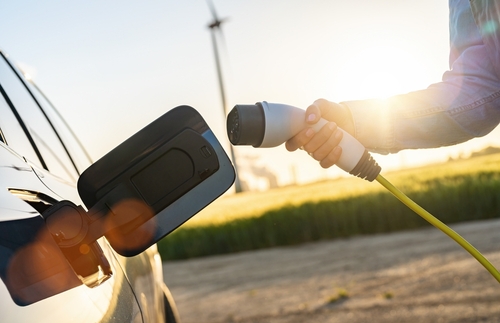
State transportation departments should work in collaboration with other state offices to plan and implement new Electric vehicle infrastructure, a new mini guide from the National Council on Electricity Policy says.
The publication, Mini Guide on Transportation Electrification: State-Level Roles and Collaboration among Public Utility Commissions, State Energy Offices, and Departments of Transportation, provides state-level decision-makers with examples of successful collaboration between state transportation officials, state energy officials and public utility commissioners.
Prepared by the American Association of State Highway and Transportation Officials, the National Association of Regulatory Utility Commissioners Center for Partnerships & Innovation, and the National Association of State Energy Officials, the guide outlines roles for state agencies, as well as lessons learned from successes at the state level.
The guide calls for state transportation departments, energy offices, and public utility commissions to work together when coordinating EV infrastructure planning and implementation. Increased coordination between the agencies is a strategy that is working in some states as they upgrade transportation corridors, identify equitable charging station placements, and design rates for vehicle charging while outlining new state energy policies.
The guide includes interviews with transportation, energy, and public utility officials from Florida, Michigan, and Utah. They recommend states identify specific roles for each agency, engage in formal and informal collaboration, and to engage public- and private-sector stakeholders in order to increase benefits from a state’s transportation electrification.
“By working collaboratively across agencies and with varying stakeholders, states can anticipate and handle the unprecedented opportunities and challenges associated with developing novel infrastructure at the intersection of energy, transportation, and the electrical grid,” the report said.
Officials said the guide would serve as a resource for state transportation agencies and others.